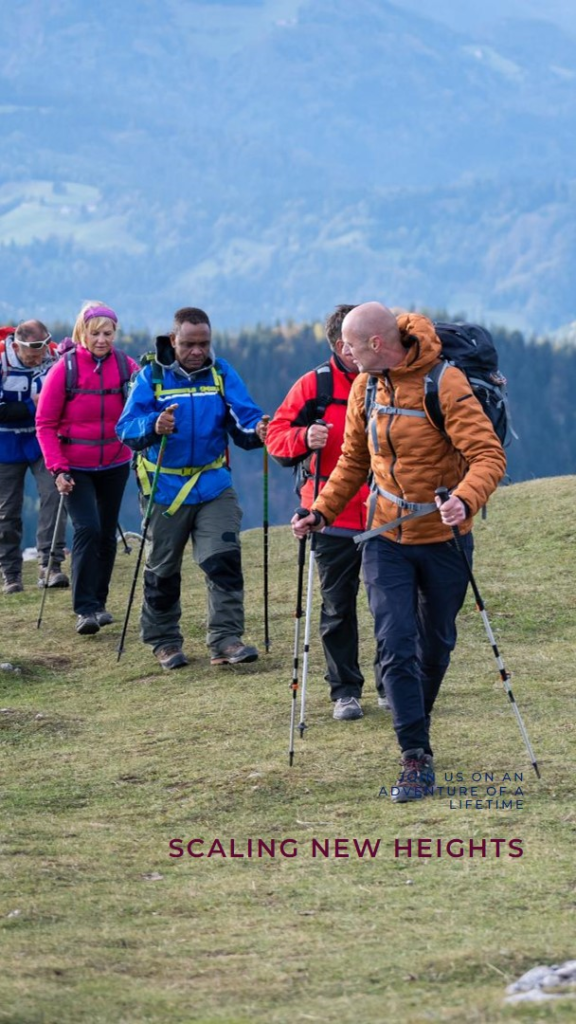Nepal, nestled in the heart of the Himalayas, is a trekker’s paradise, offering some of the most iconic trekking routes in the world. Among these, the Annapurna Circuit, Everest Base Camp, and Langtang Valley treks stand out for their unique landscapes, cultural richness, and challenging terrains. We will look at these top trekking regions, providing insights into what makes each trek special and how to prepare for an unforgettable adventure.
Annapurna Circuit
The Annapurna Circuit is renowned for its diverse landscapes, ranging from lush subtropical forests to high-altitude deserts. This trek circumnavigates the Annapurna Massif, offering trekkers a chance to experience a variety of ecosystems and cultures.
- Scenery and Landscapes: The trek features stunning views of the Annapurna range, including Annapurna I, II, and III, as well as Dhaulagiri and Machhapuchhre (Fishtail Mountain). Trekkers will traverse through river valleys, alpine meadows, and the world’s deepest gorge, the Kali Gandaki Gorge.
- Cultural Experience: The Annapurna Circuit provides a rich cultural experience, with opportunities to visit traditional villages and interact with local communities. The trek is a loop, allowing trekkers to see the same mountains from different perspectives.
- Trek Details: The trek typically takes 10-14 days, with the best time to visit being in spring (March to May) and autumn (September to November).

Everest Base Camp
The Everest Base Camp (EBC) trek is an iconic journey to the foothills of the world’s highest peak, Mount Everest. This trek is a dream for many adventurers, offering a close-up view of towering Himalayan giants.
- Scenery and Landscapes: The trek offers breathtaking views of Mt. Everest, Lhotse, Nuptse, and Ama Dablam. Trekkers will pass through the Khumbu region, experiencing glacial landscapes and the famous Khumbu Icefall.
- Cultural Experience: The EBC trek takes you through the Sherpa heartland, where you can explore monasteries and learn about the Sherpa culture. The trek is an out-and-back route, with some sections repeated on the return journey.
- Trek Details: The trek usually spans 10-12 days, with peak seasons being late March to mid-May and late September to November. The journey starts with a flight to Lukla, making it more expensive and logistically challenging compared to other treks.

Langtang Valley
The Langtang Valley trek is a relatively accessible trek from Kathmandu, offering a blend of natural beauty and cultural richness near the Tibetan border.
- Scenery and Landscapes: The trek provides stunning views of Langtang Lirung and other peaks. Trekkers will pass through dense forests, alpine meadows, and picturesque villages.
- Cultural Experience: The Langtang Valley is home to the Tamang people, offering a unique cultural experience. Trekkers can visit the Kyanjin Gompa and enjoy the local hospitality.
- Trek Details: This trek is suitable for those looking for a shorter and less crowded trekking experience. Proper acclimatization is essential to prevent altitude sickness.
Preparing for Your Trek
When planning a trek in Nepal, it’s crucial to prepare adequately:
- Physical Fitness: Ensure you are physically fit and capable of handling long days of trekking at high altitudes.
- Acclimatization: Allow time for acclimatization to prevent altitude sickness, especially on higher altitude treks like EBC.
- Guides and Permits: Hiring a guide can enhance your trekking experience, providing insights into local culture and ensuring safety. Ensure you have the necessary permits for trekking in restricted areas.
Nepal’s trekking regions offer unparalleled experiences, combining natural beauty with cultural depth. Whether you choose the diverse landscapes of the Annapurna Circuit, the iconic journey to Everest Base Camp, or the cultural richness of Langtang Valley, each trek promises an adventure of a lifetime.
